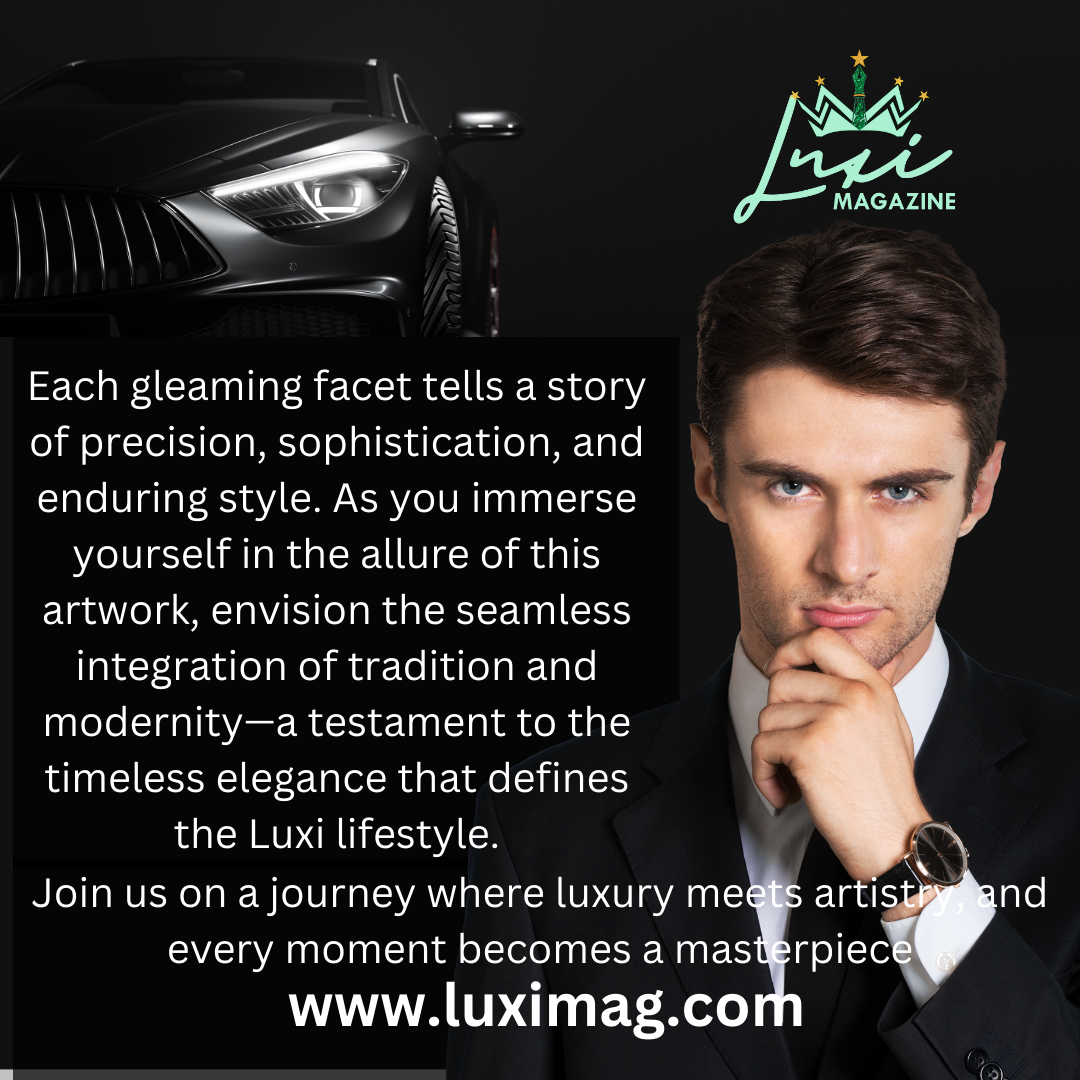I will be the first to admit that being an identical twin is the best part of my life; I have had a built-in best friend and marathon partner whose pace I can match with ease due to our biological advantage of identical DNA. When the most unique part of your identity is that you are identical to someone else, it is no surprise that identity issues may form.
While identical twins make up just three to four of every 1,000 births, according to the National Library of Medicine’s MedlinePlus, they are perhaps one of the most common groups of people who are disproportionately overrepresented in the media. This overrepresentation brings misrepresentation, impacting the lives of real people. Fascination over mind reading, identical DNA, switching places and more twin tropes creates a sense of enthrallment within the public eye, fueling further over-exaggerated stereotypes.
While I could complete my sister’s sentences, this does not mean we don’t have separate personalities and interests. Fred and George of the “Harry Potter” series are one such twin pair that has no separate defining characteristics. Their dialogue could be switched without plot consequences because, for the most part, they are portrayed as pranksters whose status as identical twins is just another joke. Being a twin is reduced to a plot device in which the brothers can essentially read each other’s minds. The despair is added to when Fred dies in the final movie, adding to the pain as viewers are forced to imagine how George will carry on with his life forever altered.
Disney Channel’s “Liv and Maddie” features two sisters who have lived remarkably different lives—one a basketball player and the other an actress. This is a more useful representation of twins, but it suggests that one twin must be the “sporty one” and one must be the “girly one.” This sitcom has led my sister and me to be asked the remarkably stupid question of: “Who is the sporty one and who is the girly one?” The overall depiction is an interesting one, and I am overall approving of this portrayal of sisters who have different personalities and friends but ultimately enjoy being twins in popular media. This portrayal demonstrates how twins can be friends without falling into the trap of being one single person.
The oversaturation of identical twins is interesting considering identical twins account for just a third of multiple child births. The only real representation I see of fraternal twins is boy-girl twins, with almost no same-sex twins bridging the gap between fiction and reality. Don’t even get me started on Jamie and Cersei of “Game of Thrones,” although I controversially love the Lannister family. Jamie and Cersei exhibit perhaps one of the most interesting character dynamics in the eight season series. They are high-born noble twins who have participated in incestual relations with each other since they were children. Their biological, tyrannical son sits on the famed Iron Throne, ruling with extreme cruelty, and his true parentage allows rival claims to the kingship. Jamie and Cersei’s incestuous relationship creates the conflict for the war of the five kings later on in the series, demonstrating how the corruption occurs via incest.
Annie and Hallie from “The Parent Trap” have shaped my perception as a twin. Growing up, my sister and I looked somewhat similar to these twins because of our freckles and the reddish undertones in our brown hair. They managed to portray them as both sisters and best friends while still having their own individuality—a feat unaccomplished by many twin depictions in the media. Annie and Hallie are by far my favorite twins as they find their way back to each other despite being separated for their entire lives and build their own happily ever after.
Hollywood’s portrayal of identical twins potentially plays into the stereotyping of twins in the real world. I wouldn’t change being a twin for the world.


